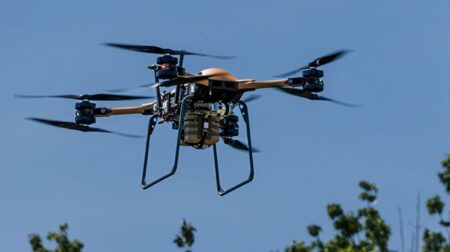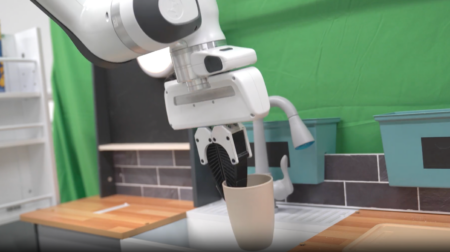Reports have emerged that tech giant Microsoft is developing its own AI model to rival those of industry leaders Google and OpenAI, according to The Information.
The project, internally dubbed MAI-1, is reportedly being led by former Google AI chief Mustafa Suleyman, who joined Microsoft in March.
Suleyman is known for co-founding AI startups DeepMind and Inflection.
In March this year, Microsoft agreed to pay Inflection US$650m (£517.3m) in a deal that would allow the former to use its AI models and hire most of its staff. The deal also gave Microsoft the nonexclusive right to sell access to these models via its Azure Cloud platform over a multi-year period
While Microsoft has not offered an official statement about the specifics of its own AI, sources familiar with the matter have suggested MAI-1 is distinct from Inflection’s previous models but will leverage its training data and technologies.
What’s more, the model is anticipated to be massive, boasting approximately 500 billion parameters, which would far surpass smaller, open-source alternative AIs.
Despite the potential unveiling at one of Microsoft’s upcoming conferences, details regarding MAI-1’s features and abilities remain undisclosed.
Kevin Scott, chief technology officer at Microsoft, wrote in a LinkedIn post that it is used to building “big supercomputers to train AI models,” including OpenAI.
“Each supercomputer we build for Open AI is a lot bigger than the one that preceded it, and each frontier model they train is a lot more powerful than its predecessors,” Scott added.
“We will continue to be on this path — building increasingly powerful supercomputer for Open AI to train the models that will set pace for the whole field — well into the future.”
However, the company’s commitment to advancing AI is evident in its ongoing investments in supercomputing infrastructure.
With the AI landscape set to continue its pace of rapid evolution, Microsoft’s investment into developing proprietary AI models suggests a strategic move in an increasingly competitive field.








